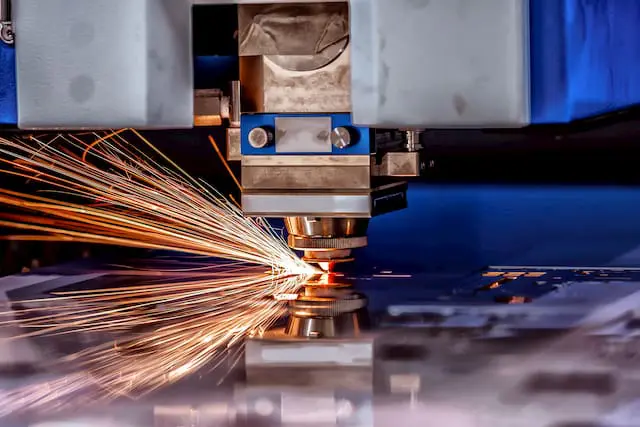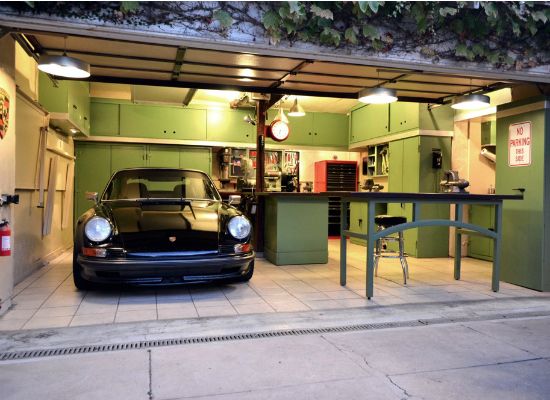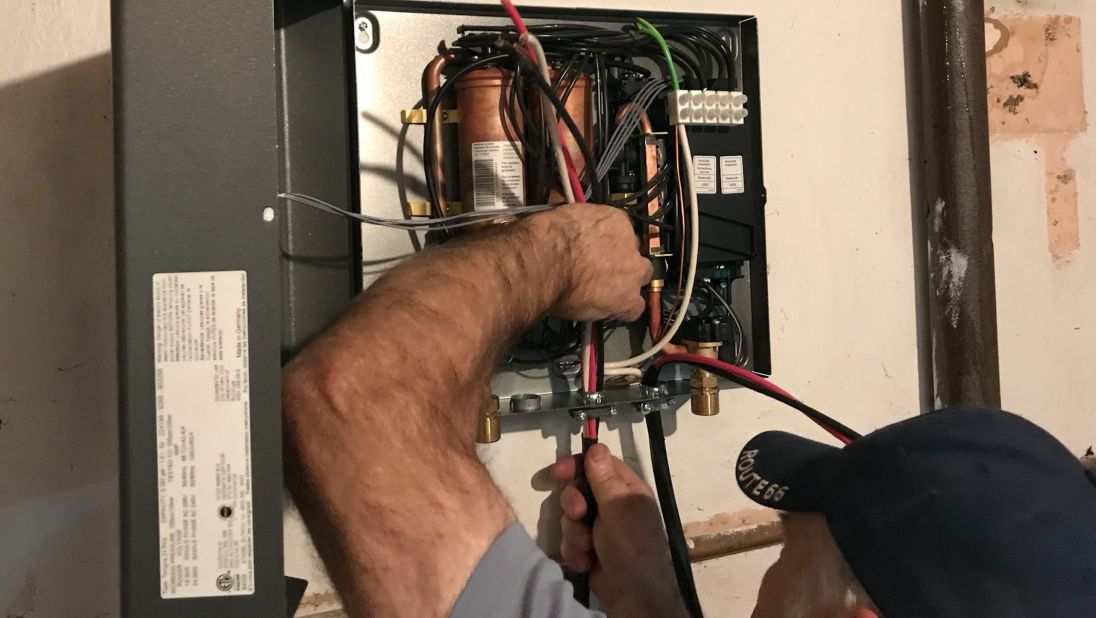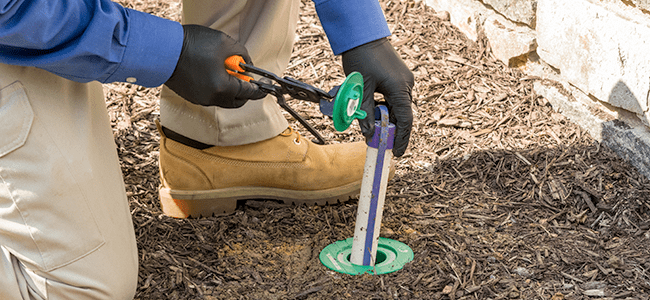When it comes to choosing a laser for your next project, there are a few key factors to keep in mind. First, you’ll need to decide what type of laser you need—whether it’s a CO2 laser, fiber laser, or something else. Each type of laser has unique capabilities and is better suited for certain projects. For example, CO2 lasers are great for cutting and engraving wood, while fiber lasers are ideal for cutting metals. Once you’ve chosen the right type of laser, you’ll need to select the right power level.
Selecting the right power level
This will depend on the material you’re working with; a more powerful laser will be needed to cut through thicker materials. Finally, you’ll need to consider the size of your project. A larger project will require a more powerful laser and a larger work area.
When it comes to laser power, more is not always better. In fact, using too much laser power can actually damage your material or cause your project to fail. So how do you know how much laser power you need for the job at hand? The answer depends on a number of factors, including the type of material you’re working with and the desired results.
For example, if you’re laser engraving a piece of wood, you’ll need less laser power than if you were laser cutting through a thicker piece of metal. That’s because wood is easier to engrave than metal, and thus requires less laser power to achieve the desired results. On the other hand, if you’re looking to cut through a piece of metal, you’ll need more laser power to get the job done.
When it comes to choosing the right laser for your project, it’s important to consider both the laser power and the beam quality. The laser power (measured in watts) will determine how quickly the laser can cut or engrave your material. The beam quality (measured in microns) will determine the precision of the cut or engraving. For most applications, a 40-watt laser with a beam quality of 10 microns will suffice. However, for more detailed or delicate work, you may need a higher-powered laser with a beam quality of 5 microns or less.
Laser beam quality
Laser beam quality is something that is often overlooked when people are trying to find the right laser for their project. In many cases, the laser beam quality is not as important as other factors such as power, wavelength, or pulse duration. However, in some applications, beam quality can be the most important factor. For example, when laser cutting or welding, a clean, well-defined beam is necessary to produce a high-quality finished product. In addition, laser beams used for medical applications must be extremely precise and free of defects in order to minimize the risk of damage to tissues.
When it comes to choosing a laser system, there are a few important key features. First and foremost, you want a system that is powerful and accurate. You need to be able to rely on the laser to get the job done right, whether you’re cutting through metal or engraving a delicate design.
Second, you want a system that is easy to use. You don’t have time to waste fiddling with controls or struggling with complicated software. And third, you want a system that is durable and reliable. You need to know that your investment will last for many years to come.
A laser system is a versatile tool that can be used for a variety of applications, from cutting and engraving to welding and marking. But how much does it actually cost to buy and operate a laser system? The answer, of course, depends on a number of factors, including the type of laser system you choose, the wattage of the laser, and the features you need. But in general, you can expect to pay anywhere from $5,000 to $100,000 for a laser system. And as far as operating costs go, you’ll need to factor in the cost of electricity, gas, and maintenance. With all that said, a laser system can be a valuable investment for any business or individual who needs its capabilities.
It’s important to consider what you want to use the laser for and what material you will be working with. You also need to think about the size of the area you will be working in and how precise you need your cuts or markings to be. If you’re not sure where to start, our team can help. We have a wide range of lasers available and we’re happy to help find the best one for your needs. Contact us today to get started on your next project.






